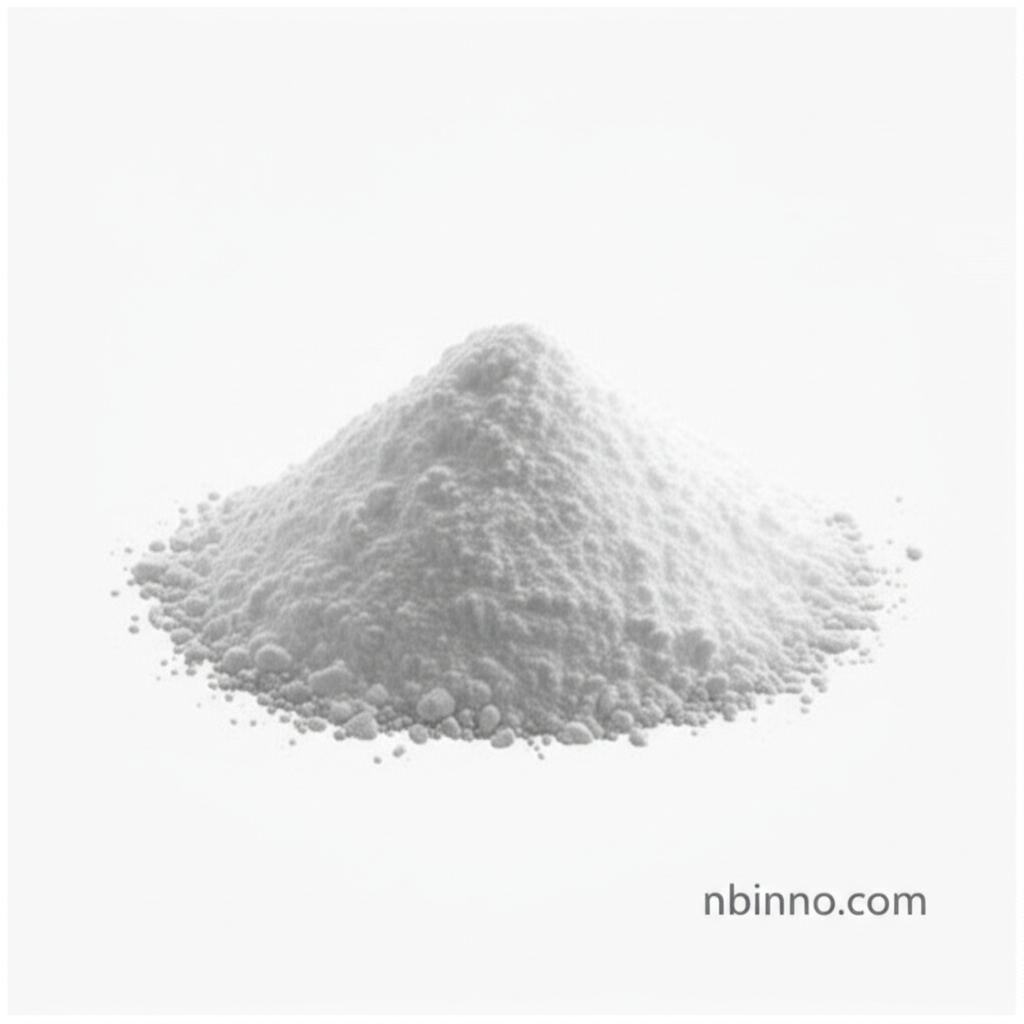Tetrabutylammonium Hydrogen Sulfate: Properties, Applications, and Benefits
Discover the versatility of this key chemical compound for your industrial and research needs.
Get a Quote & SampleProduct Core Value

Tetrabutylammonium Hydrogen Sulfate
Tetrabutylammonium hydrogen sulfate is a highly versatile chemical compound recognized for its antibacterial properties, stemming from its quaternary amine structure and counter ion. It functions effectively as a phase-transfer catalyst, aiding in reactions between immiscible phases, and also serves as a valuable surfactant and chemical intermediate. Its high purity, typically presented as a white powder, makes it suitable for a wide range of scientific and industrial applications.
- As a key component in industrial surfactants, its ability to modify surface tension is crucial for applications ranging from detergents to pigment dispersion.
- The compound's utility as a phase transfer catalyst significantly improves the efficiency and yield of various chemical synthesis processes, including N-alkylation reactions.
- Its inherent antibacterial properties make it a valuable ingredient in disinfectants and sanitizers, contributing to hygiene and safety.
- Its role as a chemical intermediate facilitates the synthesis of more complex molecules, supporting innovation in the fine chemical sector.
Key Advantages
Enhanced Reaction Efficiency
Leveraging its capabilities as a phase transfer catalyst, this compound streamlines complex chemical reactions, leading to higher yields and reduced reaction times in various synthetic pathways.
Broad Applicability
Its multiple functions as a surfactant, detergent component, and antibacterial agent make it an indispensable tool across diverse industries, from daily chemicals to specialized industrial processes.
High Purity and Stability
Available as a white powder with a melting point typically around 170°C, it offers consistent performance and is suitable for applications demanding high purity, such as in laboratory research and pharmaceutical intermediates.
Key Applications
Phase Transfer Catalysis
As a robust phase transfer catalyst, it effectively facilitates reactions between different phases, crucial for processes like N-alkylation and oxidation in organic synthesis.
Detergents and Sanitizers
Its surfactant properties and antibacterial action make it a valuable component in the formulation of detergents, sanitizers, and cleaning agents for both industrial and domestic use.
Textile and Paper Softening
Utilized as a softener, it enhances the feel and quality of textiles and paper products, contributing to improved material properties.
Chemical Synthesis Intermediate
Serving as a vital chemical intermediate, it plays a role in the synthesis of various downstream products, including emulsifiers for pesticides and specialized surfactants for daily chemical applications.
